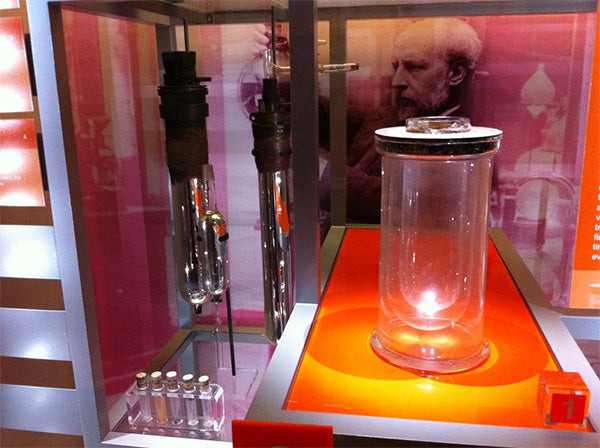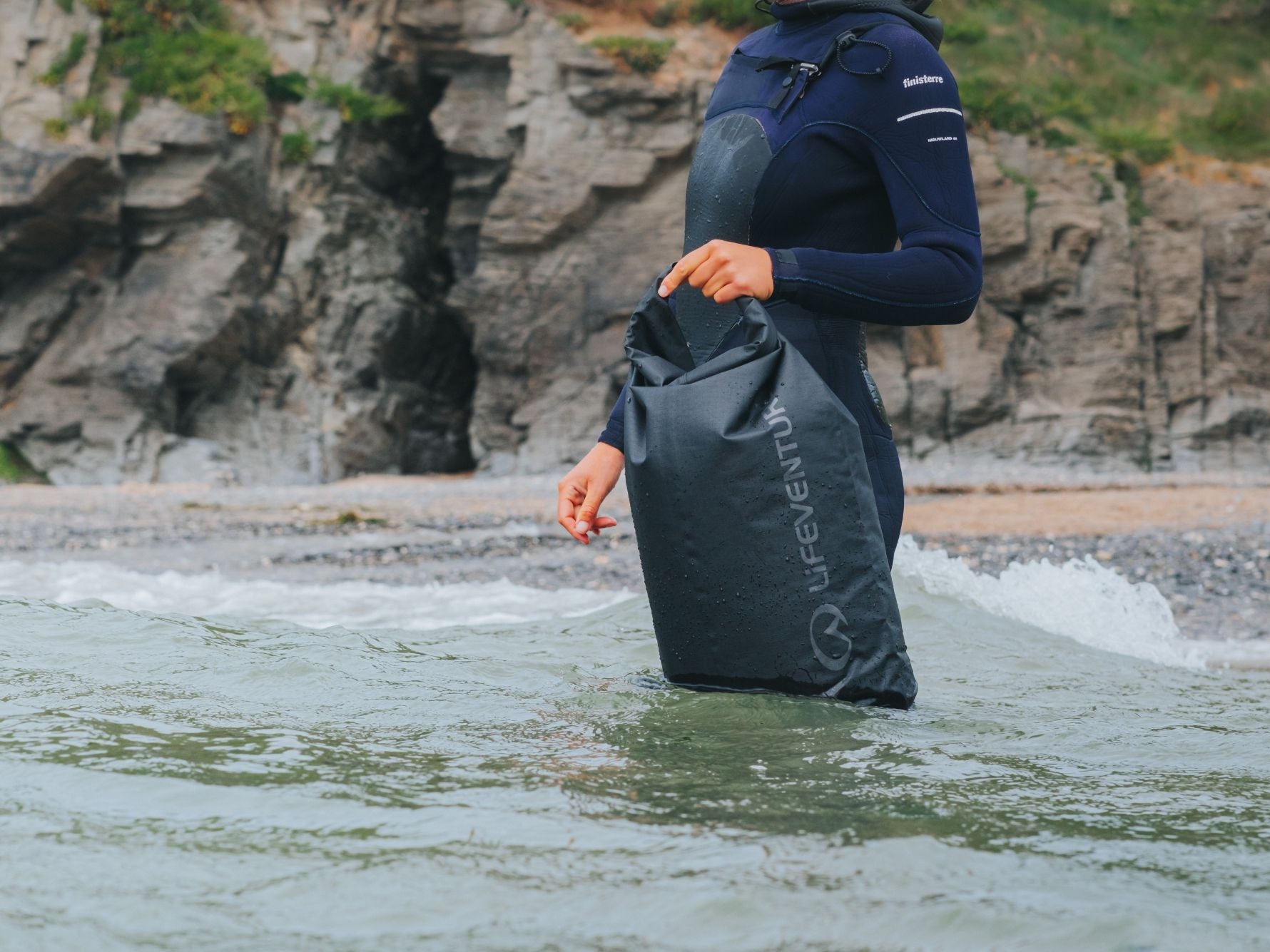Vacuum Flasks Explained
- Blog

A hot drink on a cold day in the outdoors can re-energise and revitalise you to continue on the trail. Question, though; how do you make sure your beverage of choice is still deliciously hot by the time you reach your chosen tea break spot?
Luckily for us, back in 1892 a Scottish scientist by the name of Sir James Dewar was struck by the concept of creating a vacuum-jacketed vessel as a method of safely storing experimental gases when he was a researcher at Oxford University. The design of (what was then known as) the Dewar Flask was so effective that it remains much the same as when it was invented over 100 years ago.
The design and concept wasn’t patented by Dewar, and soon after in 1904, German company Thermos GmbH adopted the concept and began developing and manufacturing Dewar Flasks under the now famous name of Thermos.

James Dewar’s original glass vacuum flask. Source: A Year In Museums
So how does it actually work?
A vacuum flask is basically one flask inside another. The space between the walls has much of the air removed, which creates an empty space (or vacuum). The result of this is a dramatically decreased rate of heat transfer between the flask walls (in both directions), as there are fewer molecules available to move the heat from one wall to another (whether inwardly or outwardly). An additional feature is that the walls are silvered, or reflective; this further reduces the heat that is transferred by reflecting incident heat away from the flask wall again.
The result is a device which keeps drinks hot or cold for much longer than they would do in a standard covered mug or cup, allowing you to enjoy them as you like when you go camping, out for walks or just on your journey to work each day.




